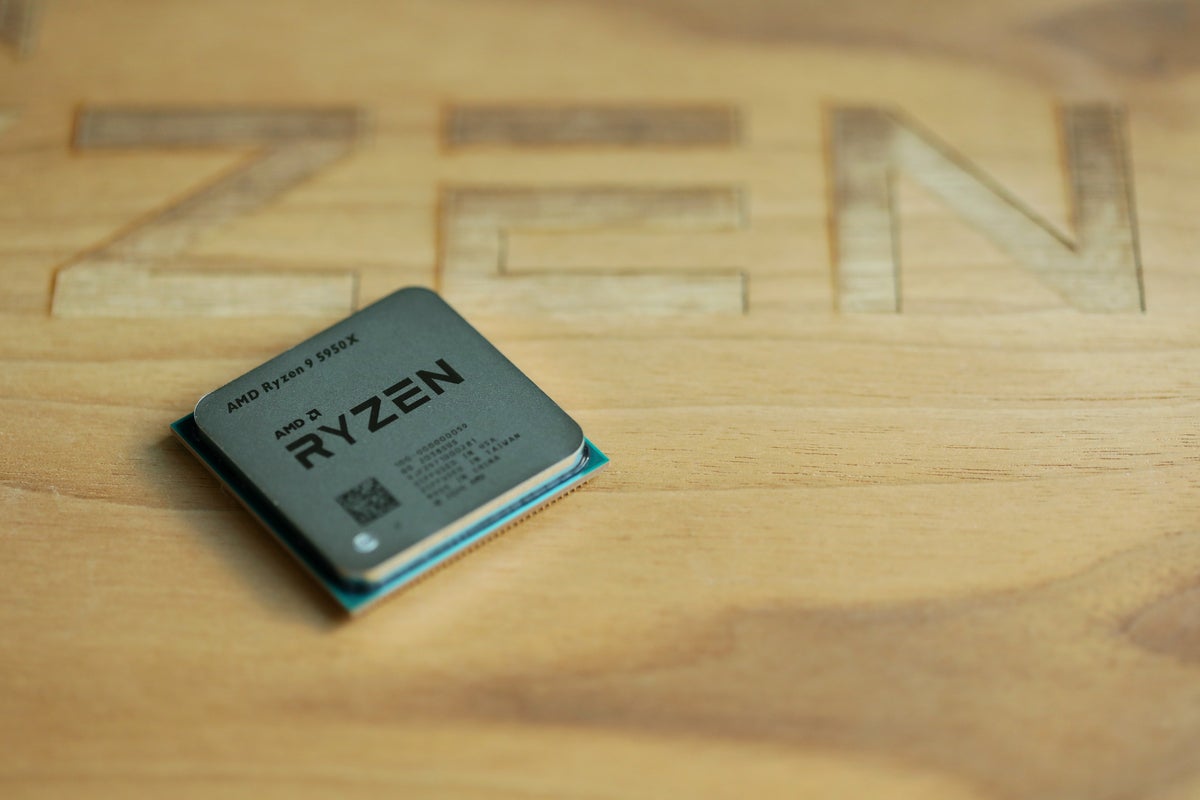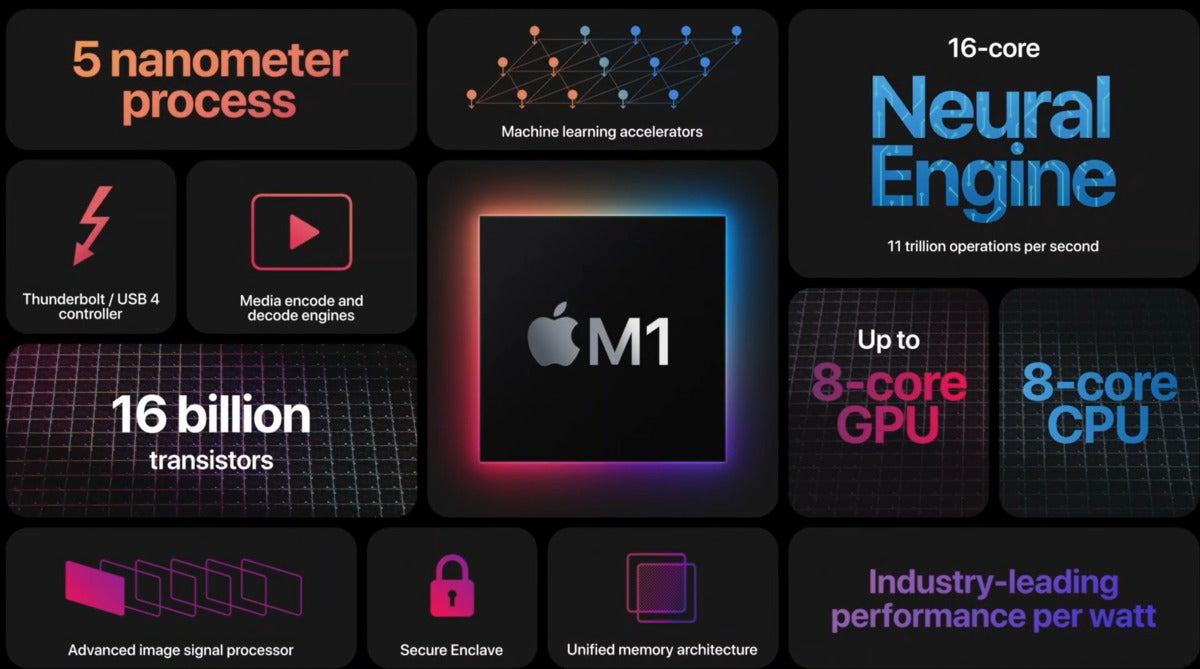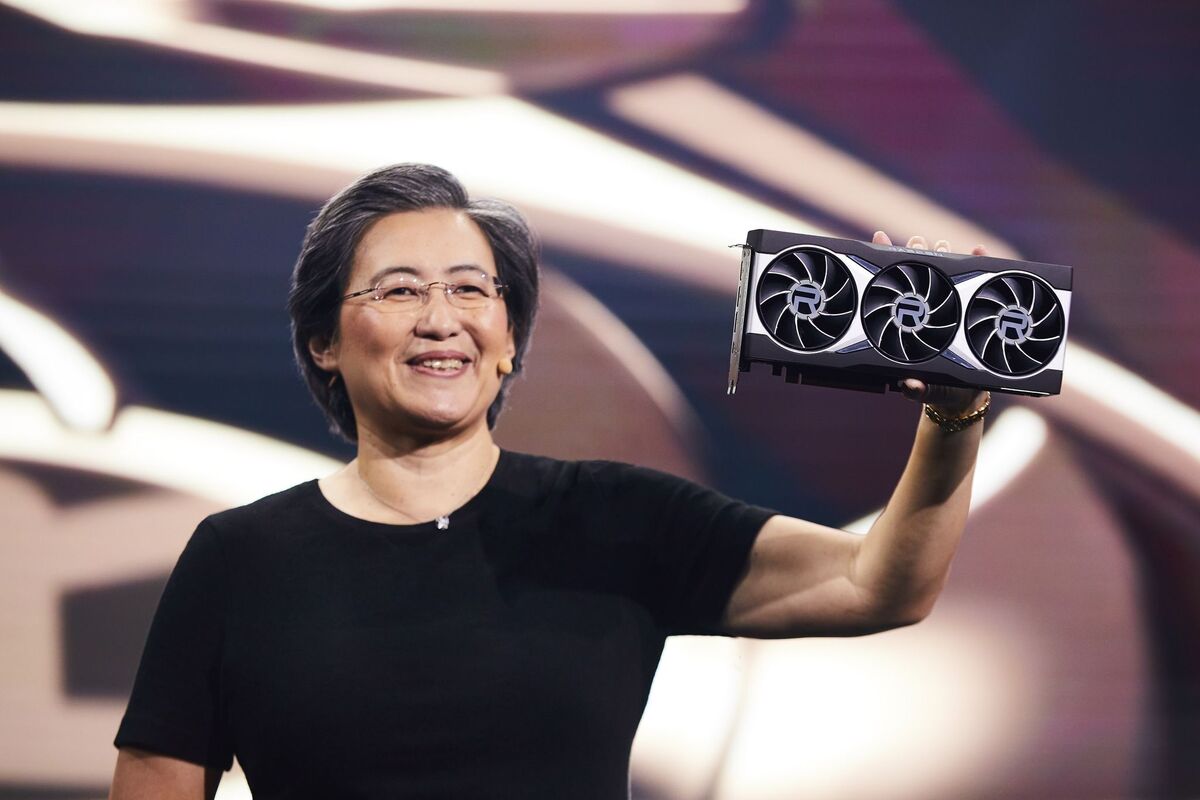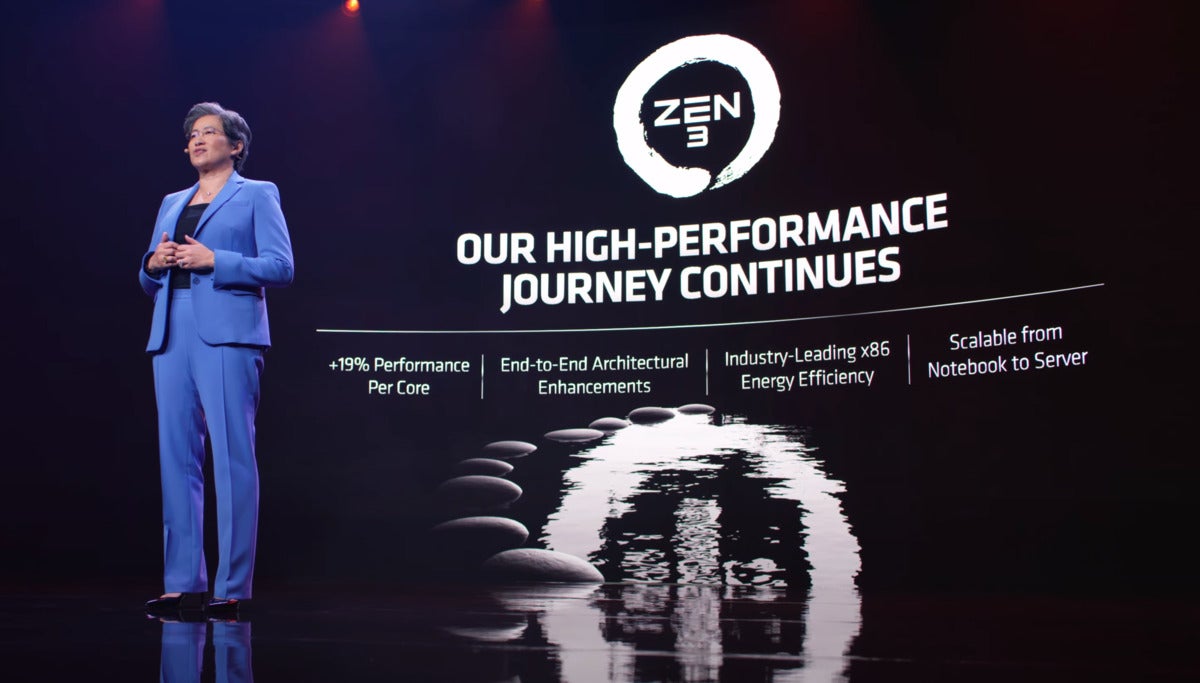AMD’s Dr. Lisa Su talks about increasing supply, what Apple’s M1 means for the chip industry, and how 16- and 64-cores aren’t the end for CPUs.
AMD / YouTube
Today’s Best Tech Deals
Picked by PCWorld’s Editors
Top Deals On Great Products
Picked by Techconnect’s Editors
If you’re still smarting from the inability to buy AMD’s fantastic Ryzen 5000 CPUs and Radeon RX 6000 GPUs many months after their release, CEO Lisa Su feels your pain but says more products are on the way.
“I do want to be very specific, and the main thing I want to say to our fans and enthusiasts is: I get it, I completely understand that there’s a huge desire for more Ryzen 5000 and Radeon 6000 graphics cards,” Su responded during a Tuesday press briefing when asked what she would say to her exasperated customers. Her talk addressed supply issues, Apple’s M1 chip, the impact of tariffs, and whether 16-cores was the limit for consumers.
Although AMD’s Ryzen 5000 chips have succeeded in kicking Intel’s Core CPU in the shins, and its Radeon RX 6000 graphics cards can indeed hang with Nvidia’s best GPUs, actually buying the hardware has been all but impossible, becoming an Internet meme among frustrated buyers.
 Gordon Mah Ung
Gordon Mah UngAMD’s Ryzen 9 5960X processor.
“What I can tell you is we’ve shipped a lot into the channel,” she said. “It takes some time for it to work itself through. There will be more, you will continue to see refreshes as we go into the first quarter and into the first half.”
Despite this, you probably won’t be finding the parts falling off trees tomorrow.
“I will say that it will still be tight, but there is a lot of product that’s coming to the market,” Su said. “We appreciate that there is so much interest and desire for these products and we look forward to getting more into the hands of our users.”
Su did say the problem largely stems from overwhelming demand rather than any manufacturing issues. With AMD now shipping more and more CPUs to very large PC OEMs, the company has had to balance demands in real-time, choosing how to supply parts to both PC makers and consumers.
“There is some real-time prioritization between end-user and OEM, but we understand that consumers want more and it’s very high on our priority list to meet this high demand,” Su said.
Apple’s M1 chip
 Apple
AppleBeyond the up front supply issues, Su said Apple’s well-received ARM-based M1 opened up opportunities for the company and could open more specialized, purpose-built processors.
“The M1 is more about how much processing and innovation there is in the market. This is an opportunity to innovate more, both in hardware and software, and it goes beyond the ISA,” Su said in a response to a question from Anandtech’s Ian Cutress. “From our standpoint, there is still innovation in the PC space—we have lots of choices and people can use the same processors in a lot of different environments. We expect to see more specialization as we go forward over the next couple of years, and it enables more differentiation. But Apple continues to work with us as their graphics partner, and we work with them.”
Consumers will eventually get more than 16 cores
Su also said she didn’t think current core counts were necessarily the limit for customer’s needs either.
“There will be more core counts in the future,” she said. “I would not say somehow 16 core and 64 core are the limits. But I think they will come as we scale other parts of the system as well.”
And yes, while non-committal on any decisions or products in the works, Su said AMD is looking at designs that combined “big” high performance cores with “little” low performance cores like Intel and ARM, but added its designs could be big, little, or medium too.
What AMD will do to offset tariffs
Besides not being able to buy products, impending tariff increases due to exemptions that will expire this year was also on the mind of Su and AMD who will try to keep prices as low as possible.
 AMD
AMDLisa Su holding the reference Radeon RX 6900 XT.
“We’re very committed to trying to keep the GPU pricing closer, as close to SRP (suggested retail price), as possible from an overall fairness stand point,” Su said. To help relieve the pricing increases, Su said AMD will keep selling its Radeon RX 6000 reference boards indefinitely. Typically, AMD only makes the boards available until partners can spool up their own designs but, they will be available directly to consumers at the suggested retail price.
“(Reference board Radeons) will be offered on AMD.com at SRP,” she said, “and we will encourage others to as well.”
Note: When you purchase something after clicking links in our articles, we may earn a small commission. Read our affiliate link policy for more details.
One of founding fathers of hardcore tech reporting, Gordon has been covering PCs and components since 1998.


